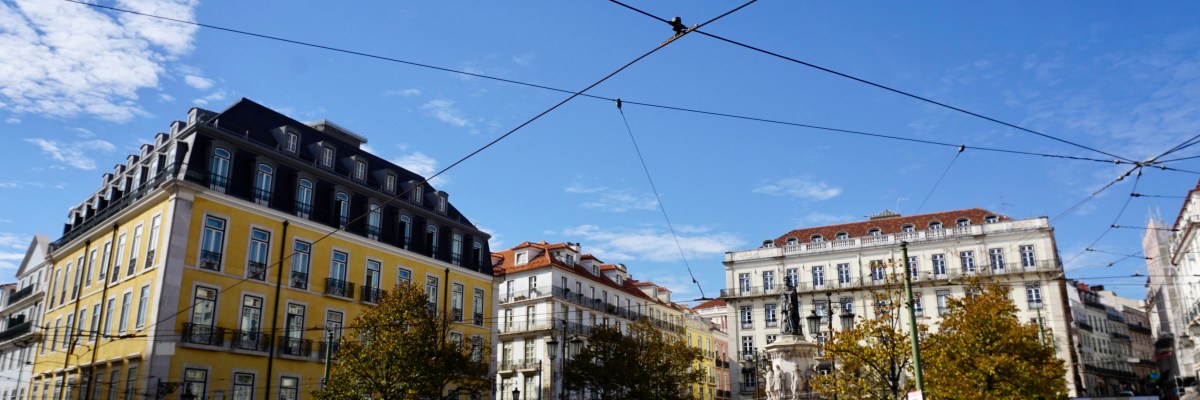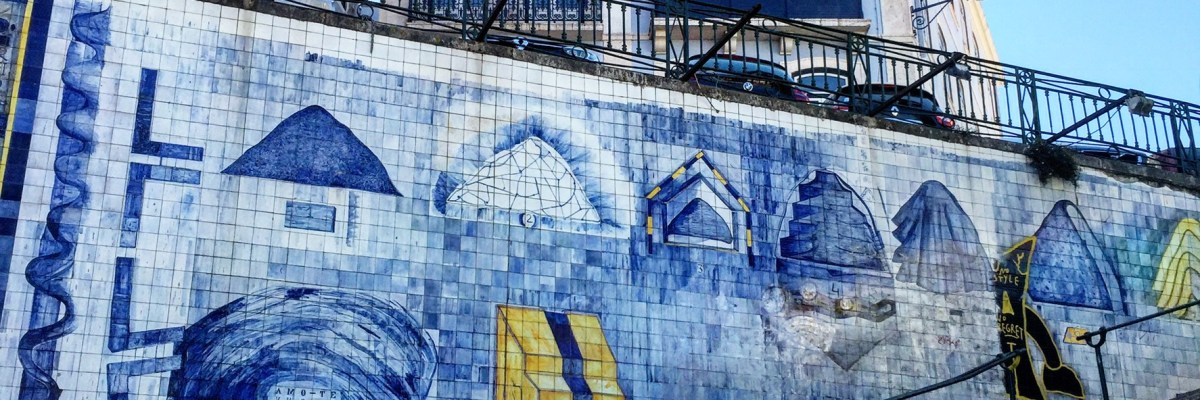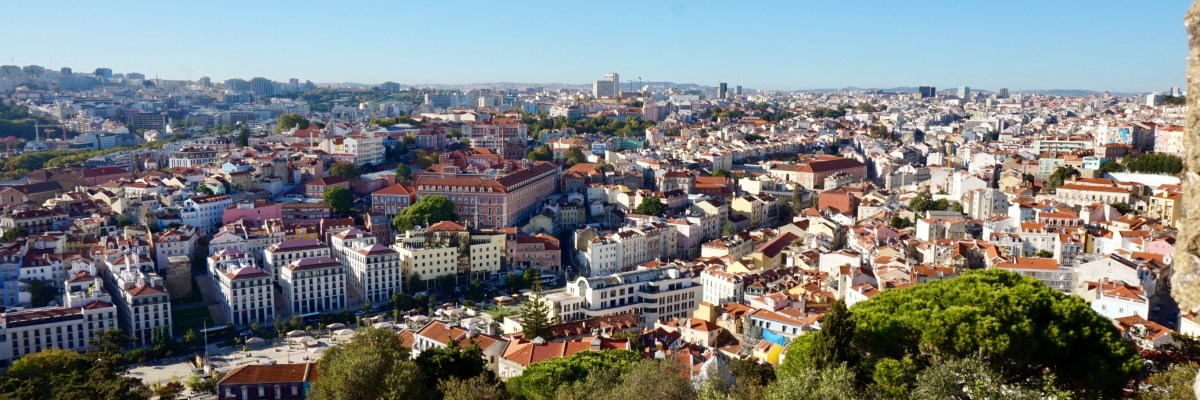Within the first few hours of my arrival, I was reminded of the friendliness and hospitality of the Portugese people. And this would be the case for my whole 10-day visit. Obrigado – Thank you! Upon arrival in Lisbon, I went straight to the Oriente train station to catch the high speed three hour Alfa Pendular train to Porto Campanha station. I only had one night to spend in Porto and I stayed at the Intercontinental Porto – Palacio das Cardosas. The hotel is well located (beside the famous São Bento Station) and service was very friendly and professional. An…
Category: Lisbon
Lisbon 2.0
Almost to the date four years later, I am back in Lisbon. The beauty of not getting to see all sights on the first visit is that there are more new things to see upon one’s return. Convento do Cormo (or the Convent of Our Lady of Mount Carmel) was built between 1389 and 1423 in the Gothic style. Considered by many to be Lisbon’s loveliest church, this convent has not had a roof since it fell in during the 1755 earthquake. A lawn now covers what was once the main nave. Mannerist and baroque architecture dominate the São Roque Church,…
Comendo e Dormindo
Plenty of good food options in Portugal, particularly for fish and shellfish. Menus in top restaurants are on par with other major European cities, where one will encounter Portuguese cooking mixed with continental classics. Moreover, prices are quite reasonable compared to other major cities. In Porto, the first restaurant I tried, which was simply delicious, was Terreiro. Excellent seafood and friendly service. Also in Porto, the charming Belle Epoque Majestic Cafe is considered the oldest cafe in the city (circa 1921). Lots of tourists come to take photos of the place. I would not recommend dining here though, as…
Manueline Style
Manueline architectural style combines Moorish, Renaissance and Gothic elements. The style developed during the reign of Manuel I of Portugal. This coincided with the Age of Discovery and the peak of Portuguese maritime power. The Moisteiro dos Jerónimos and the Torre de Belém in Lisbon, and the Quinta da Regaleira in Sintra are three exceptional examples of this style. The Manueline style was considered the most authentic Portuguese architectural style.
Lisbon
One of Europe’s most visually striking capitals, Lisbon‘s appeal is more than the friendliness of the locals and her laid back pace. In its golden age, Lisbon was one of the greatest maritime centres in history – with hoards of treasures from around the world. Today, continental Europe’s westernmost capital is a cosmopolitan city that continues to grow and evolve.




